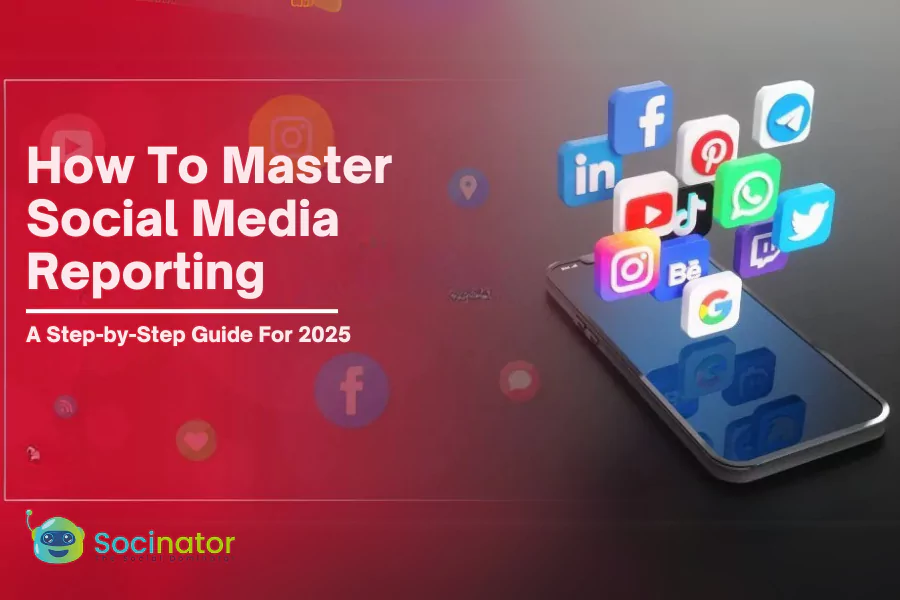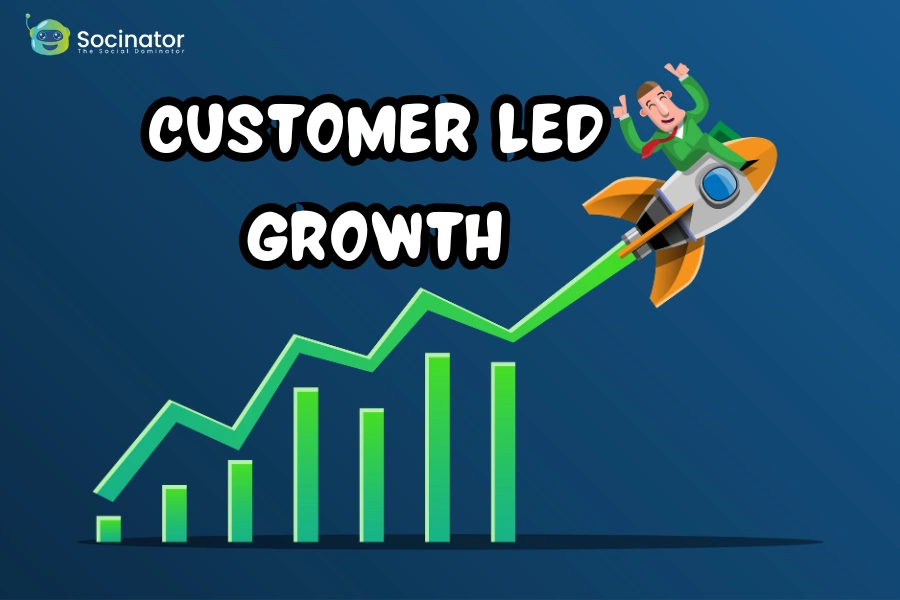Brands will spend $219.8 billion on social media advertising in 2025 alone.
Throwing money at social platforms without proper social media reporting is like driving blindfolded. Your brand’s performance through detailed reporting is more significant than ever.
Social media reporting tools continue to evolve with changing user behaviors and platform features. Becoming skilled at reporting isn’t just helpful – it’s essential to survive. The right reporting approach can turn raw data into useful insights by tracking follower growth and measuring engagement and conversions.
Let us guide you through creating effective social media reports, selecting the right analytics tools, and converting complex data into clear, actionable strategies. Ready to become a reporting expert? Let’s explore!
Listen To The Podcast Now!
What Is Social Media Reporting?
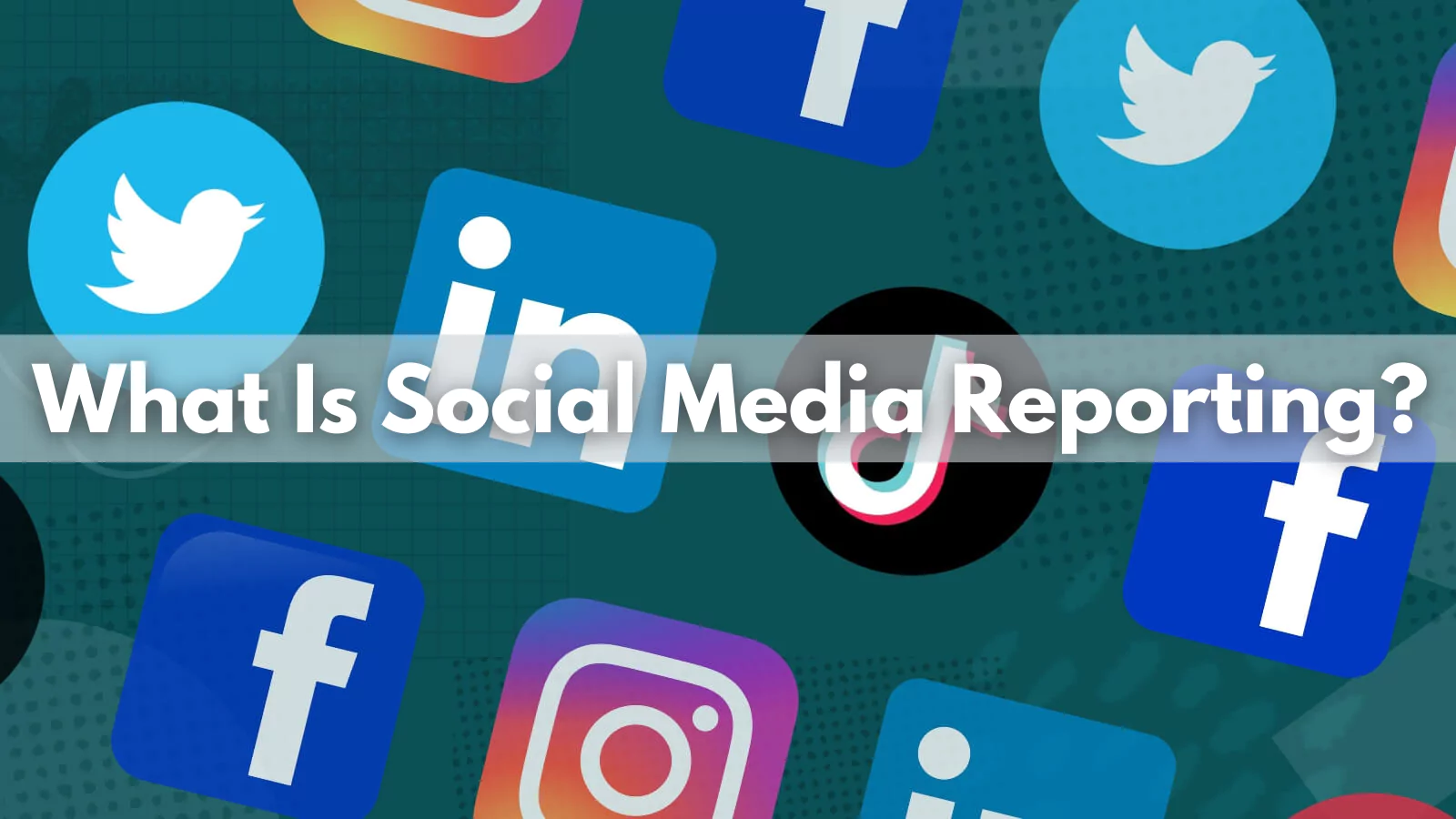 Social media reporting turns raw social data into useful insights that shape strategic decisions. A social media report analyzes your brand’s social media activities over time and explains follower participation and content performance.
Social media reporting turns raw social data into useful insights that shape strategic decisions. A social media report analyzes your brand’s social media activities over time and explains follower participation and content performance.
Key components of a report
A detailed social media report includes several vital elements that show your social media performance. Your audience insights show demographic data and behavior patterns. It helps you create content that appeals to your target audience.
These standard metrics are the foundations of any social report:
- Engagement rates and interactions
- Follower growth trends
- Content reach and impressions
- Click-through rates and conversions
On top of that, content analysis is a vital part of understanding which posts drive the most participation. Brands can spot trends and patterns in content formats that create maximum effect through this analysis.
Why Social Media Reporting Matters In 2025?
Social media reporting has become more important, especially when you have half of all adult users visiting social platforms to learn about brands and their content. Instagram guides brand research with 62.3% of its active adult users on the platform for this purpose. Facebook follows at 52.5% and TikTok at 51.5%.
The 2024 State of Social Media report shows that more than half of business leaders now use social media data to shape their company’s business strategy. Much of marketing leaders say that showing how social media campaigns connect to business goals helps secure buy-in.
Social listening has reshaped the scene of reporting in 2025. It ranks as organizations’ second-highest priority on social media. Live insights from social listening help brands:
- Better understand their audience
- Improve strategic decisions
- Uncover market gaps
- Spot potential crises
- Drive and track sales performance
Social media reporting goes beyond simple metrics. It offers business intelligence about brand health, competitive standing, and ideal performance standards. Teams can spot emerging issues early, measure customer satisfaction, and make informed improvements to products or services through detailed reporting.
Choose The Right Social Media Analytics Tools
The right analytics tools are the foundations of effective social media coverage. Social media managers have many options. A clear understanding of free and paid solutions will help you make better decisions.
Free vs. Paid Tools Comparison
Free analytics tools provide simple functionalities such as event tracking, user segmentation, and reporting features. Notwithstanding that, they have limits on data processing, customization options, and technical support. Most social platforms come with built-in analytics dashboards that show valuable insights about their networks.
In stark comparison to this, paid tools come with advanced features, dedicated support, and continuous connection between apps. These solutions can handle more data and offer sophisticated features like historical analysis and campaign management.
Key Features To Consider In Social Media Reporting Tools
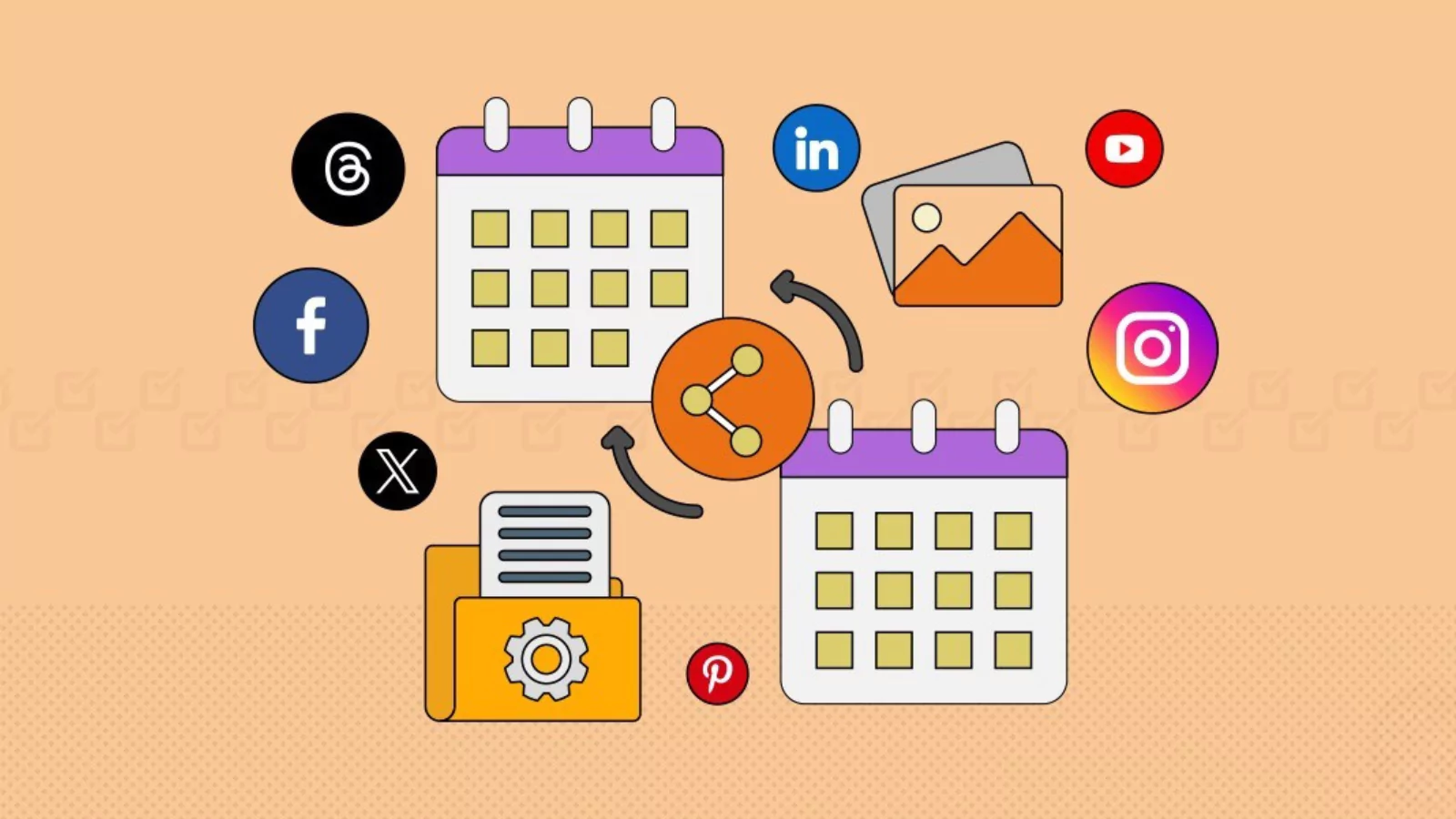 Several platforms offer robust social media reporting capabilities, helping businesses track performance across multiple social media channels. These tools provide in-depth analytics, customizable reporting, and automation features to streamline data analysis.
Several platforms offer robust social media reporting capabilities, helping businesses track performance across multiple social media channels. These tools provide in-depth analytics, customizable reporting, and automation features to streamline data analysis.
Must-Have Features to Look For
When evaluating social media analytics tools, these key features are essential:
Comprehensive Reporting Capabilities
- Multi-channel data aggregation
- Customizable report templates
- Automated report generation
Advanced-Data Analysis Features
- Trend identification
- Sentiment analysis
- Customer engagement monitoring
- Performance tracking on various platforms
Seamless Integration Options
- Compatibility with existing tools
- CRM system integration
- API access for custom solutions
Beyond these core features, selecting a tool that aligns with specific needs is crucial. Solo creators may not require extensive collaboration features, while social media managers and agencies should prioritize tools with team collaboration capabilities and detailed permission controls.
Scalability is another important factor. The ideal tool should accommodate business growth, by adding team members and integrating more social media profiles. Additionally, the platform should provide analytics tailored to specific metrics needed for accurate social media ROI calculations.
Set Up Your First Report
 You need careful planning and attention to detail to build an effective social media report. Let’s explore how to create your first report that delivers meaningful insights.
You need careful planning and attention to detail to build an effective social media report. Let’s explore how to create your first report that delivers meaningful insights.
Pick Your Key Metrics
Your first step is to identify metrics that line up with your business objectives. Focus on simple metrics that show social media success:
- Follower growth and community engagement rates
- Content performance across different platforms
- Website traffic generated from social channels
- Conversion rates and lead generation statistics
You can then think over advanced metrics like social share of voice, sentiment analysis, and customer satisfaction scores. These metrics help you learn about brand perception and market position.
Create A Simple Template
A well-laid-out template makes the reporting process smooth and ensures consistency. Your template should have these distinct sections:
- Performance Summary: Start with an overview that highlights key achievements and trends. This section should show high-level metrics that demonstrate progress toward social media objectives.
- Channel-Specific Analysis: Each social platform needs its section to evaluate detailed performance. Include engagement rates, reach metrics, and top-performing content for each channel.
- Growth Indicators: Your follower growth, community engagement, and audience demographics need tracking. These metrics help assess your content strategy’s effectiveness.
- Conversion Metrics: Track how your social media efforts create business results through leads, website visits, and sales conversions.
Data visualization tools help present information. Charts, graphs, and tables make complex data easier to understand.
Add Visual Elements
Visual components turn raw data into compelling stories. Graphs and charts illustrate performance trends over time. These visual aids help your stakeholders quickly spot patterns and understand complex information.
Screenshots of top-performing posts improve your reports. This approach provides context and shows real-life examples of successful content strategies. Your visual elements should:
- Present data through colorful graphs for quick understanding
- Show successful social media posts with engagement metrics
- Use infographics to explain complex trends
- Include brand-consistent design elements
A consistent visual presentation matters across reports. Pick a color scheme and formatting style that matches your brand identity. Make sure all visual elements have the right size and format for optimal viewing.
Automated reporting tools with customizable templates and visual elements can help you save time. These tools substantially reduce report creation time while maintaining professional quality.
Adding annotations to your visuals explains significant data points or unusual patterns. This context helps readers understand the story behind the numbers and creates practical reports.
Automate Your Reporting Process
Social media managers often spend too much time on repetitive tasks instead of focusing on strategy and creativity. Reports, tracking analytics, and organizing data can be time-consuming and inefficient. Automation helps streamline the reporting process by ensuring accurate, real-time data collection with minimal manual effort. It allows businesses to focus on analyzing insights and improving their strategies rather than spending hours gathering metrics.
Select The Right Automation Tools
Modern social media reporting tools go beyond basic data collection. They integrate with multiple platforms to pull key metrics into a single dashboard, making it easier to monitor performance across different channels. Many of these tools also offer customizable reports, automated delivery, and tagging systems that allow businesses to group inbound and outbound messages for more flexible reporting.
For teams handling large amounts of data, automation ensures that reports are generated on time and with consistent formatting. Some tools allow users to set up scheduled reports, ensuring stakeholders receive regular updates without requiring manual input. Others provide real-time insights, alerting businesses to performance changes as they happen.
Automation also helps agencies and brands maintain a professional image by enabling white-label reporting. With this feature, reports can be customized with company branding, logos, and preferred layouts, ensuring they align with a business’s identity. It is particularly useful for agencies that manage multiple clients and need to deliver polished, professional reports.
Businesses looking for an all-in-one automation solution can explore tools that offer seamless integrations and customizable dashboards. Socinator, for example, provides advanced automation features that simplify reporting while offering real-time analytics. By leveraging automation, businesses can save time, improve accuracy, and make data-driven decisions that enhance their social media strategies.
Why Socinator Stands Out As An Automation Tool?
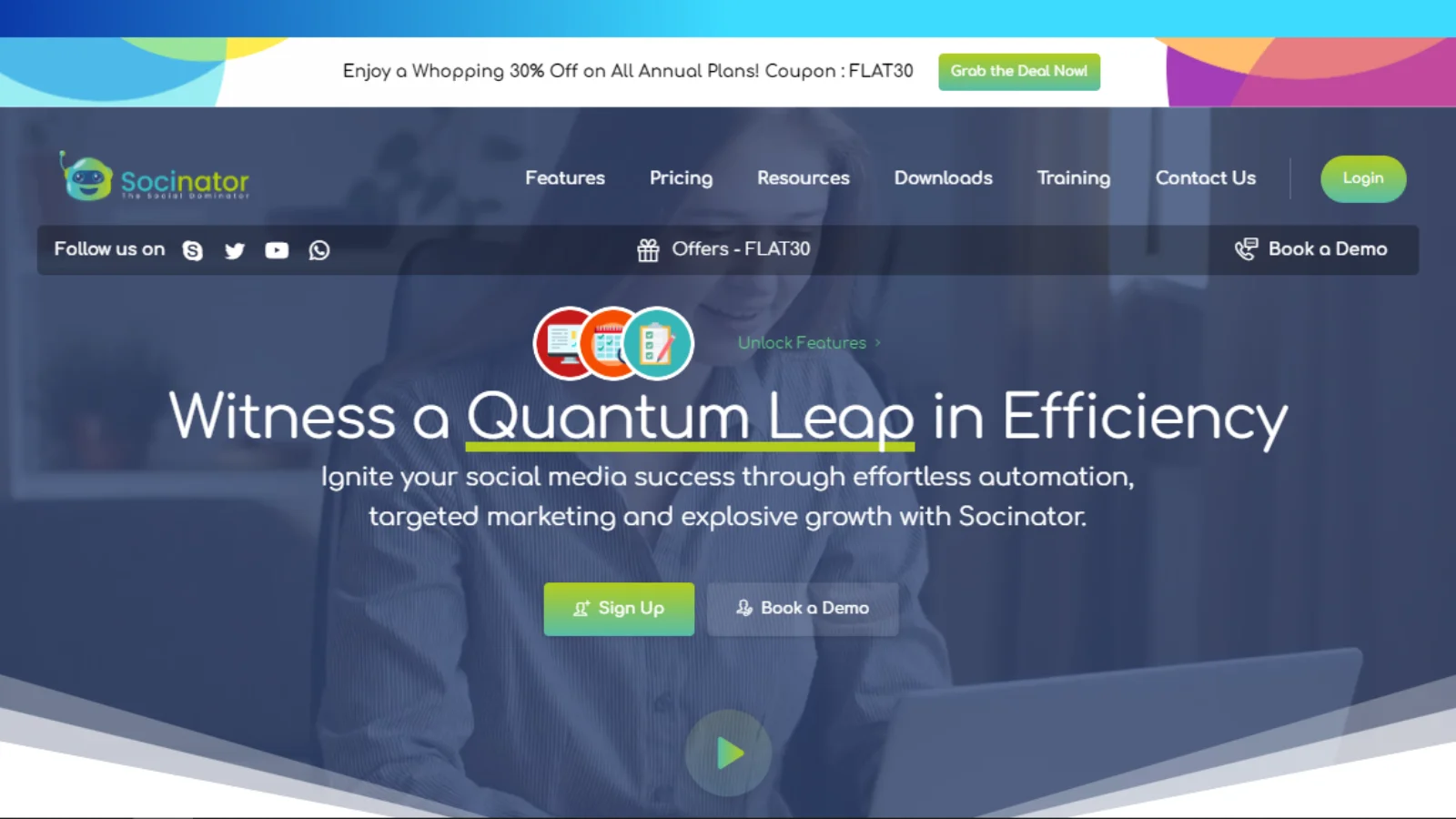 Socinator is an automation tool that streamlines social media reporting. It gathers data, organizes key metrics, and generates reports automatically, freeing up time for strategy and creative work. With Socinator, manual tracking becomes a thing of the past, as it collects insights from multiple platforms in real time.
Socinator is an automation tool that streamlines social media reporting. It gathers data, organizes key metrics, and generates reports automatically, freeing up time for strategy and creative work. With Socinator, manual tracking becomes a thing of the past, as it collects insights from multiple platforms in real time.
Key Features of Socinator:
- Automated Data Collection: Socinator automatically gathers data from various social channels, reducing manual effort and ensuring timely insights.
- Customizable Reporting: Create reports that reflect your unique needs, with options to adjust layouts, metrics, and branding for a consistent look and feel.
- Real-Time Analytics: Stay updated with real-time data on engagement, reach, and audience behavior, so you can quickly adapt your strategy.
- User-Friendly Dashboard: Its intuitive dashboard consolidates all key metrics into one view, making it simple to monitor performance and track progress.
- Seamless Integration: Socinator works across multiple platforms, automating the process of data aggregation and report generation for a complete overview.
Socinator’s automation capabilities help businesses focus on strategic decisions while ensuring that every report is accurate, consistent, and delivered on time.
Set up data feeds
You need to think over several key elements when setting up automated data feeds:
- Data Integration: Your social media reporting tool should connect to your social media profiles. Most platforms work with major social networks and bring all metrics into one dashboard.
- Customization Settings: Your social media reporting priorities should include:
- The metrics you want to track
- How often reports are delivered (daily, weekly, or monthly)
- Who receives automated reports
- Report’s layout and branding elements
- Real-time Updates: Your data feeds must stay current. The best tools update data daily or hourly to give immediate insights.
Common Automation Pitfalls
Social media automation has many benefits but comes with potential risks that need attention. Over-automation can disconnect you from your audience. Even with reliable chatbots handling questions, human interaction is vital to understanding customer needs.
The “set it and forget it” mindset is another big problem. You should review automated messages regularly to keep content relevant and appropriate. It becomes especially important during sensitive global or industry events when scheduled content might need adjustments.
Data accuracy is challenging since some platforms limit access to certain metrics. Social media reporting tools can’t bypass these limitations, which may result in incomplete data. Automated tools struggle to interpret context, particularly sarcasm or complex emotions in social posts.
The 80/20 approach works best – automate routine tasks but dedicate 20% of your time to real-time engagement and spontaneous content. This balance gives you efficiency without losing authenticity in your social media presence.
You must monitor automated processes regularly. Review all automated messaging and data collection systems periodically to check accuracy and relevance. Keep human oversight for sentiment analysis and customer feedback because automated tools might miss subtle communications or valuable insights from your audience.
Also Read,
Free Social Media Report Template And Guide
How To Build A Career As A Social Media Influencer?
Turn Data Into Action
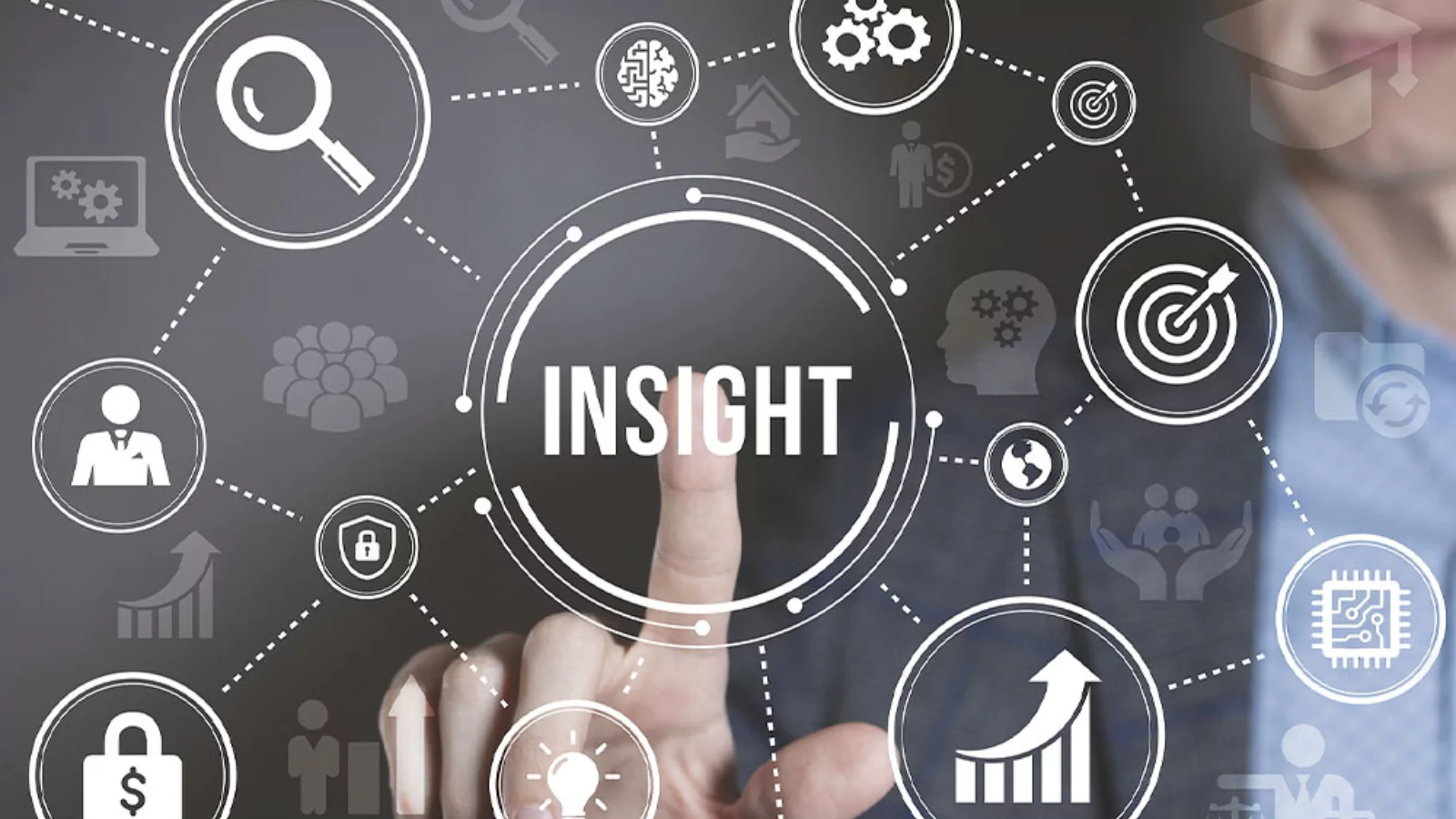 Raw social media data becomes meaningful business decisions through systematic pattern recognition and strategic implementation. Social media managers can significantly improve their campaigns and strategy by becoming skilled at these techniques.
Raw social media data becomes meaningful business decisions through systematic pattern recognition and strategic implementation. Social media managers can significantly improve their campaigns and strategy by becoming skilled at these techniques.
Read report patterns
Social media performance trends are the starting point to understanding report patterns. The social media reporting Index shows that 60% of brands now calculate social media engagement’s revenue effect. This measurement is a vital indicator of investment returns.
Different content types and posting times create unique engagement patterns. A careful analysis reveals which content formats create maximum audience interaction. Your followers’ most active and responsive times become clear through behavior trend studies.
Social media analytics offer valuable feedback on:
- How content performs and appeals to target audiences
- What demographics reveal about audience priorities
- Brand sentiment and public perception
- Your brand’s competitive position in the industry
Early trend detection happens through consistent pattern monitoring that helps adjust strategy. Social listening tools track brand conversations and help you learn about customer needs and priorities more deeply.
Make data-backed decisions
Pattern identification leads to turning insights into concrete actions. Studies show that 78% of organizations boost lead conversion and customer acquisition through analytical marketing approaches.
Data-backed decisions work best when you:
- Assess Campaign Performance: KPIs like conversion rates and sales show which campaigns deliver optimal results.
- Refine Content Strategy: Engagement metrics identify content that appeals most to your audience and optimize future content creation.
- Boost Customer Experience: Social media analytics reveal your customers’ online experience and their priorities.
- Monitor Brand Reputation: Better monitoring systems track public perception and sentiment with up-to-the-minute data analysis.
Statistical modeling and machine learning help businesses predict future market conditions through historical data analysis. These predictions allow proactive strategy adjustments instead of reactive responses.
The competitive analysis benefits greatly from social media analytics. Brands can find opportunities to stand out and grow by understanding competitor strategies and market positions. On top of that, it helps create targeted marketing campaigns for specific audience segments that communicate more effectively.
Note that data-driven social media marketing tools go beyond metric collection. The real value comes from applying these insights to adjust strategy, improve content approach, and optimize ad spending. Your social media strategy stays effective and maximizes ROI through continuous monitoring and analysis.
Final Thoughts
Mastering social media reporting is no longer optional—it’s essential for brands aiming to stay ahead in 2025. With the right approach, businesses can turn raw data into actionable insights that drive engagement, improve conversions, and refine marketing strategies.
By leveraging automation tools, brands can streamline social media reporting, ensuring accurate, real-time data collection without the hassle of manual tracking. Choosing the right analytics tools further enhances the efficiency of social media reporting, making it easier to measure success across platforms.
Incorporating social media reporting into your strategy allows businesses to track performance, optimize content, and make data-driven decisions that align with long-term goals. Now is the time to refine your reporting process and take your brand’s social media success to the next level!
FAQs: Social Media Reporting
1. Are social media analytics tools free of cost reliable for in-depth analysis?
Free social media analytics tools provide useful insights but may lack advanced features like competitor analysis, detailed audience segmentation, or automated reporting. For more comprehensive data, paid options are often recommended.
2. How often should you generate a social media analytics report?
The frequency of a social media analytics report depends on your goals. Weekly reports help track short-term performance, while monthly or quarterly reports provide a broader overview of trends and campaign effectiveness.
3. Can social media reporting improve social media management?
Yes, efficient social media management relies on data-driven decisions. By analyzing engagement metrics and audience behavior, businesses can optimize their posting schedules, content strategy, and ad campaigns for better results.
4. What should you look for in a social media marketing tool?
A good social media marketing tool should offer scheduling, analytics, automation, and reporting features. It should also integrate with multiple platforms and provide actionable insights to enhance marketing strategies.
5. How can businesses use social media reporting to improve customer engagement?
By analyzing engagement metrics, businesses can identify content that resonates with their audience, adjust their strategy accordingly, and enhance interactions. This ensures a more personalized and effective approach to social media engagement.

